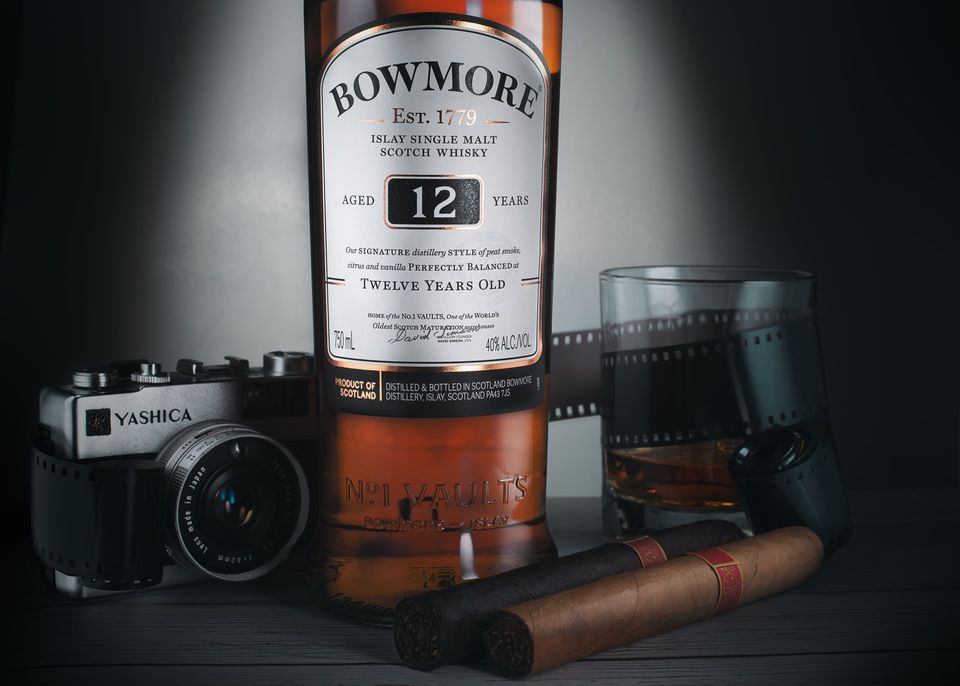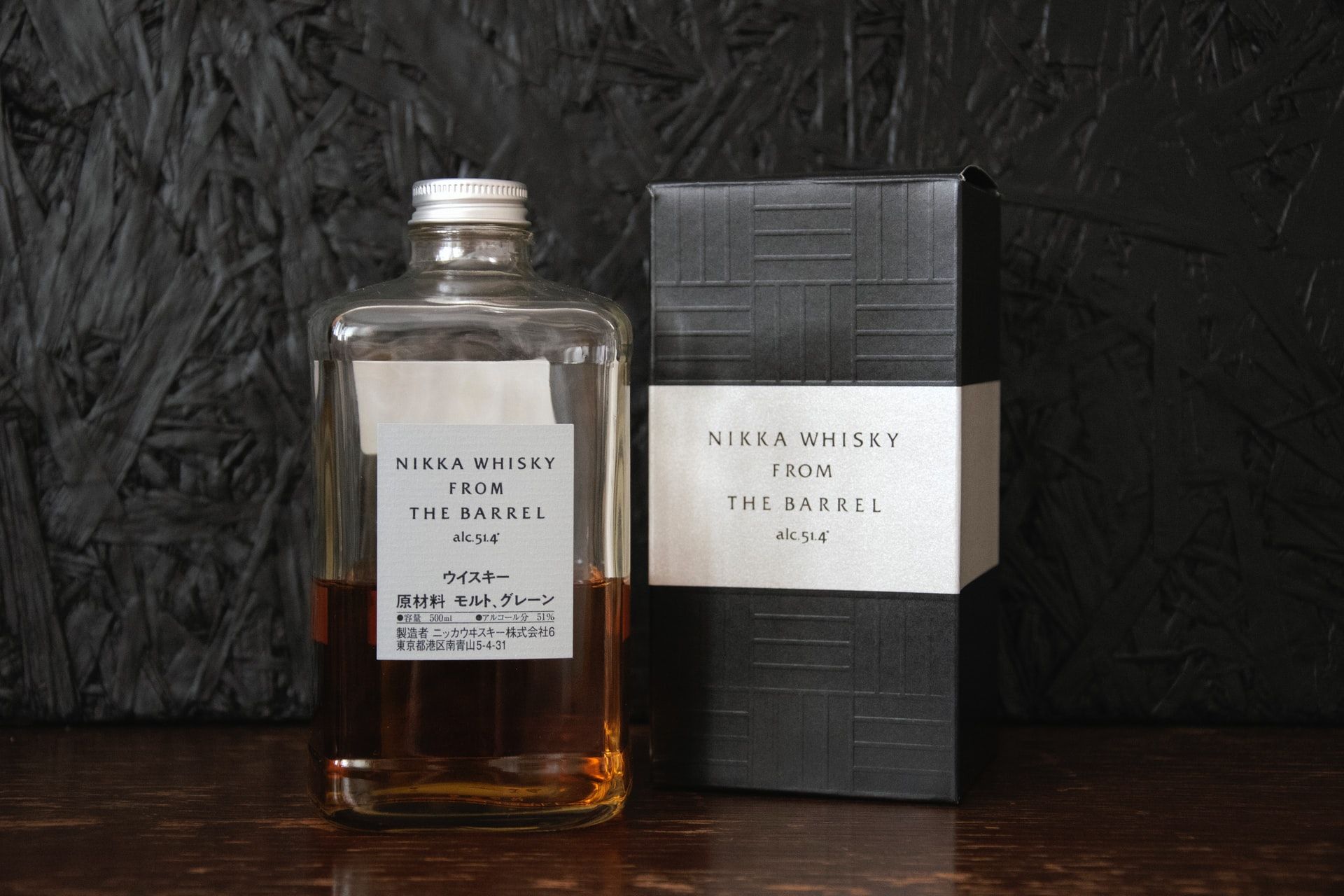Understanding Whisky Labels - alcohol by volume

Time for another article in our "Understanding Whisky Labels" Series. This is the Series in which I explain the different terms you see on a whisky bottle.
Today, we'll be looking at "alcohol by volume", also known as ABV.
(The first article in this Series is on "Age Statements". You can find it here.)
Simply put, ABV is the percentage of alcohol in the liquid. For example, in the image above, at the bottom right side of the whisky label, you see the statement "40% ALC/VOL". This means that the percentage of alcohol in this whisky is 40%.
ABV is a crucial concept in the world of whisky.
There are several reasons for this.
The most important reason is that ABV is used to determine whether or not a particular spirit is actually a whisky. For a spirit to qualify as whisky, the ABV cannot be lower than 40%.
So, it all starts with the ABV.
The ABV percentage also tells us a few things about the whisky in the bottle.
For example, the flavour of a whisky is partly influenced by the ABV.
How so?
Generally, whiskies with higher ABVs are not as diluted as those with lower ABVs. As such, higher ABV whiskies tend to contain more compounds, and this adds flavour to the whisky. So you can get deeper, richer flavours from whiskies with higher ABVs.
However, there is also a downside. Sometimes, where the ABV is quite high, you might get an overpowering sense of “alcohol” in the flavour of the whisky, and this might drown out other flavours.
This isn't always the case. It rather depends on the particular whisky. For example, I find the Glen Grant Single Malt (50% ABV) quite overpowering, with too much of the “alcohol” taste coming through. On the other hand, there are some whiskies with higher ABVs than the Glen Grant, but which provide great flavours without the “alcohol” sensation showing up. Some good examples here are the Ardbeg Uigeadail (54.2% ABV), and the Nikka From the Barrel (51.4% ABV).
So, ABV is an important factor in whisky flavour, but not the only factor.

ABV vs. “Proof”
The term “proof” is also used to describe the level of alcohol in a liquid. It is an old term, dating back centuries. There is no special meaning behind it. It comes from the ordinary English meaning of the word, and it simply means "proof" that the alcohol in the liquid is of the required level.
On whisky bottles, you may sometimes see alcohol strength expressed using “proof”, rather than ABV.
These days, ABV is more commonly used in Britain. For example, Scotch whisky producers generally use ABV. Even so, you can still find some older Scotch whiskies where proof has been used.
It is common for US whiskies to use proof.
The history of "proof"
How did the concept of “proof” come about?
There is a tax angle to this story. (As a tax nerd, I'm always very happy to discover such things. Trust me, there are tax angles everywhere in whisky; see my post on Irish whiskey, for another tax story.)
The story of "proof" goes back at least as far as the 17th century.
Back then, as now, the British Government levied taxes on alcohol. The levies varied according to the strength of the alcohol.
This meant that, in order to determine the correct tax charge on any given liquid, you'd first have to determine the strength of the alcohol in that liquid.
Here's how they measured the alcohol:
Take a measure of gunpowder, and douse it with the spirit being tested.
One of the following things could happen:
- Nothing. The gunpowder would fail to ignite, or would ignite poorly. This meant that there wasn't the requisite level of alcohol in the liquid. It was deemed to be “under proof”;
- The gunpowder would be ignited, and would burn with a bright flame - a steady flame, not a weak flame. This was taken to be “100 proof”, the standard level;
- The gunpowder would explode. This dramatic result meant that the liquid was “over proof”.
This gunpowder method of testing spirits was also reportedly used by British sailors in the 18th century. The story goes that, suspicious of the level of alcohol content in their rum allocation, they deployed the gunpowder test to check the actual level of alcohol. If the gunpowder ignited, it meant the rum was solid.
"Proof" - US vs. British meaning
As "proof" and ABV are still in use today, it is helpful to know how to translate one to the other.
For US whiskies, 100 proof equals 50% ABV.
A different rule applies for British whiskies - 100 proof equals 57% ABV.
So if, for example, you see a whisky being described as 110 proof, it is wise to check first whether it's a US whisky or a British one (e.g. a Scotch). If you mix up your countries, you could end up drinking a far stronger whisky than you'd intended!
I hope you liked this article on alcohol by volume. Subscribe to my newsletter so you never miss an article.
Also, keep the whisky questions coming! Always happy to answer them, and chat about whisky.